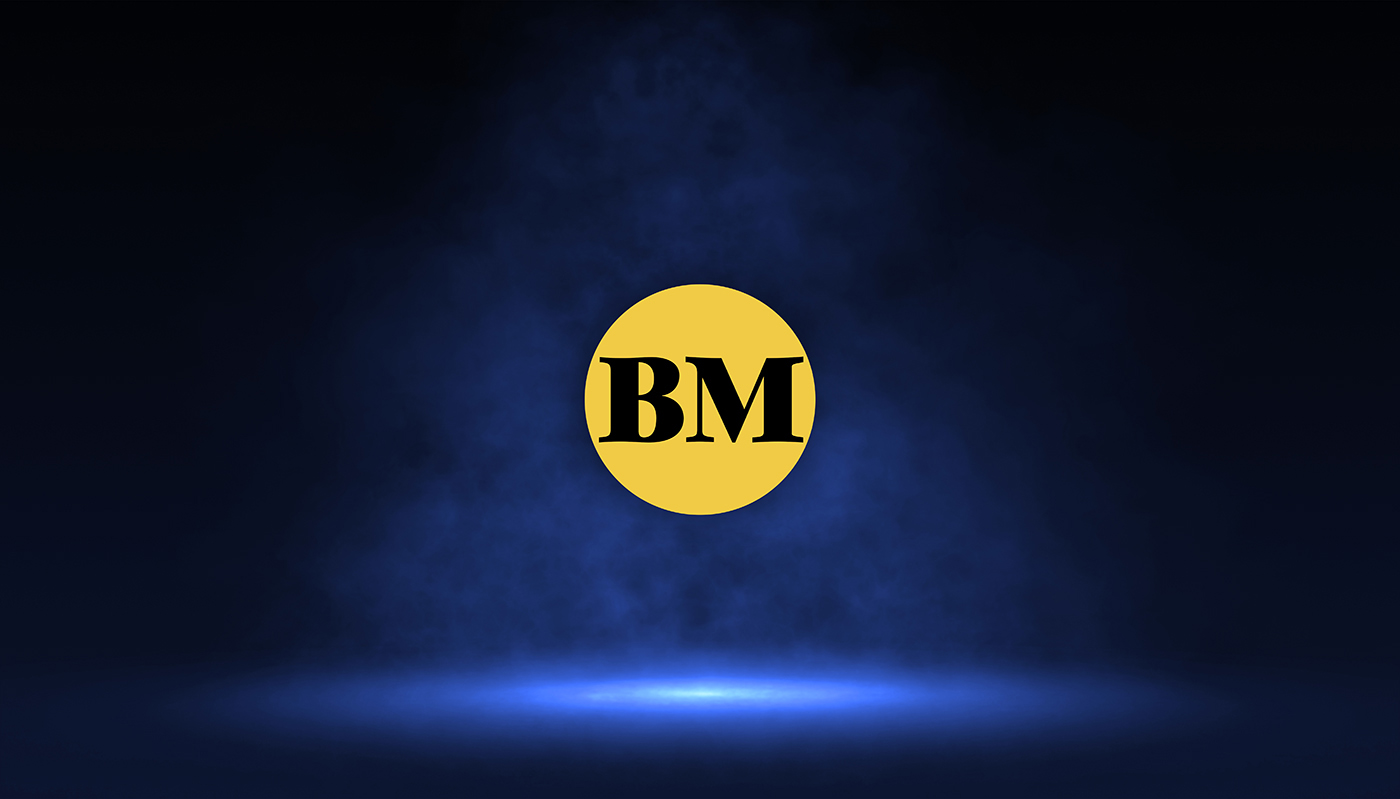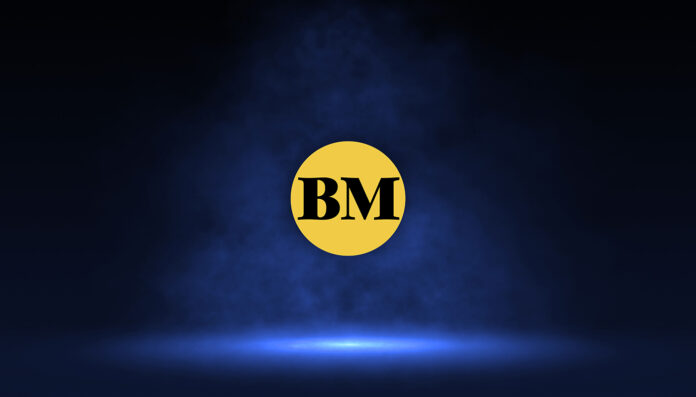
AFTER consumer price growth reached two-year highs, economists see inflation going beyond the government target and reaching 5 percent this year due to low base effects and elevated commodity prices.
“For the coming months, much lower inflation denominator/base effects would also mathematically lead to higher year-on-year headline inflation locally, even into 5 percent levels, as well as worldwide, in view of the anniversary of the Covid-19 lockdowns (starting March-April) that sharply reduced demand,” Rizal Commercial Banking Corp. (RCBC) Chief Economist Michael L. Ricafort said.
Bank of the Philippine Islands (BPI) Lead Economist Emilio Neri Jr., for his part, said that inflation may exceed 5 percent by April.
It will likely remain at that level for several months before easing in the fourth quarter, he added.
Neri, who maintained a full-year inflation forecast of 4.3 percent for 2021, attributed the inflationary pressures to high oil and pork prices.
“Oil prices will likely remain elevated given the expected increase in demand amid the distribution of vaccines,” he explained. “Meanwhile, it may take the swine industry some time to address the ASF (African Swine Fever) problem since supply problems usually last for many months.”
Ricafort said inflation could still be offset with the increase in crop supply given the expected planting and harvest seasons with the onset of summer, bringing some food prices down after the onslaught of typhoons in November last year disrupted the stock of vegetables and other agricultural products.
In addition, the RCBC economist said the 60-day price ceiling on pork and chicken, along with the importation of the said meat, could also help mitigate inflationary pressure.
Last week, the Philippine Statistics Authority (PSA) reported that inflation surged to 4.7 percent in February, the highest since December 2018 when inflation reached 5.1 percent.
“The cost of meat continues to increase month-on-month despite the price ceiling put in place by the government,” Neri said. “Consequently, restaurants had to raise their prices to cover their expenses, contributing further to headline inflation.”
The BPI economist also pointed out that high oil prices led to the increase in consumer prices in February. That month, he noted that the benchmark price of oil in the global market climbed to $63 per barrel, which is the highest level since December 2019.
Key policy rates
With the inflationary pressures present, Neri said the Bangko Sentral ng Pilipinas (BSP) will not likely cut the policy rate further.
“Expanding the negative spread between interest rates and inflation may harm the economy in the long run and exacerbate portfolio outflows that could drive volatility in the currency market,” he explained.
And, while there is only a slim chance of increasing rates given the current economic situation, Neri is not discounting it especially if inflation “becomes unmanageable.”
BSP Governor Benjamin E. Diokno said last week the inflation was temporary, and a monetary response is not yet required. The surge in February consumer prices was due to supply-side shocks which are best addressed by non-monetary interventions to ease domestic supply constraints, he explained.
“If there are second-round inflation effects (or the resulting higher prices of other affected goods and services in the economy) due to higher prices of local and global food and other commodities, local policy rate could be adjusted higher from the record low of 2 percent,” Ricafort said.
The next monetary policy meeting is set on March 25.
Read full article on BusinessMirror



